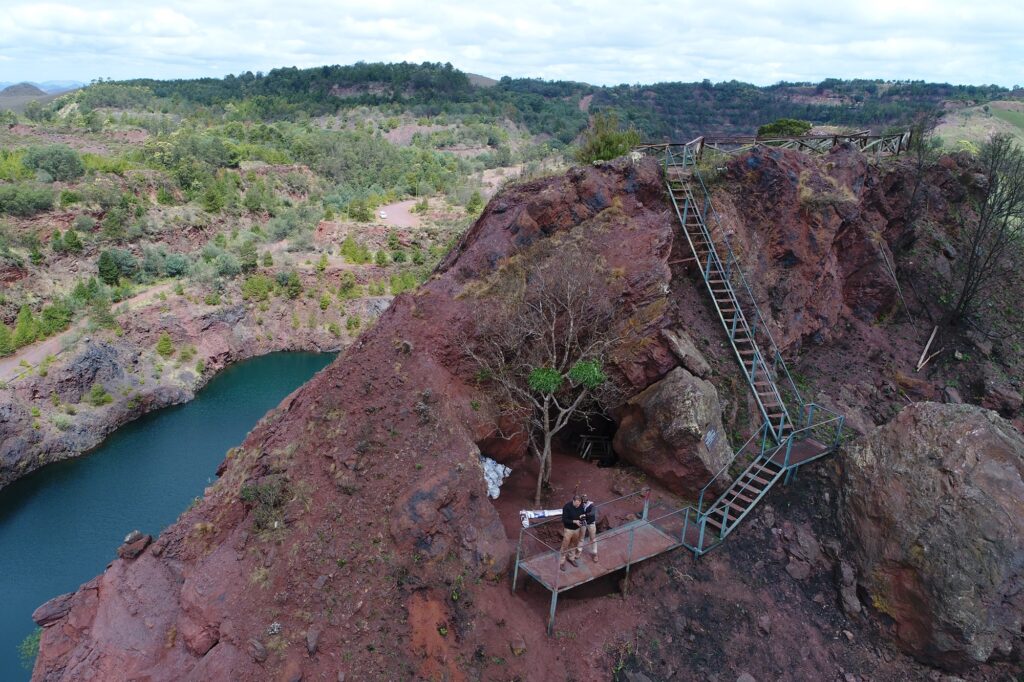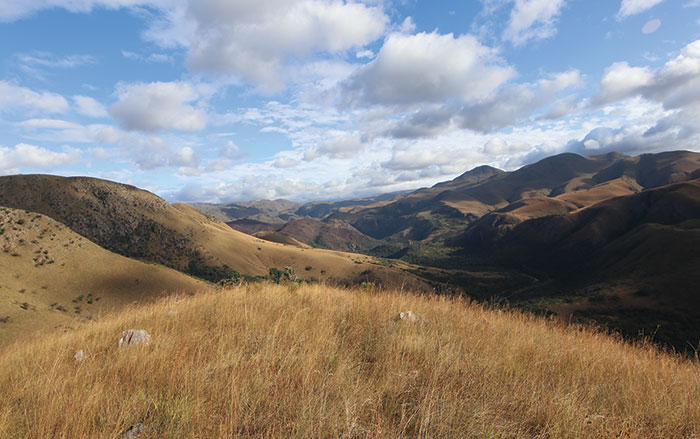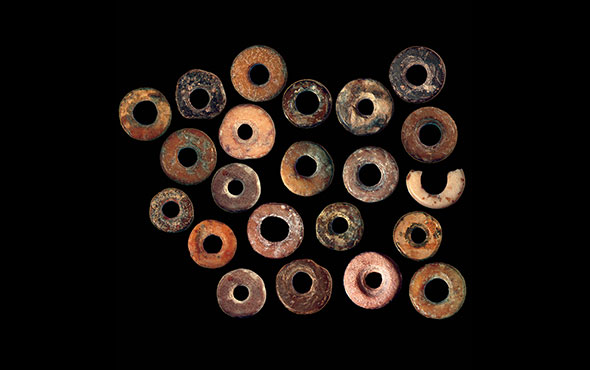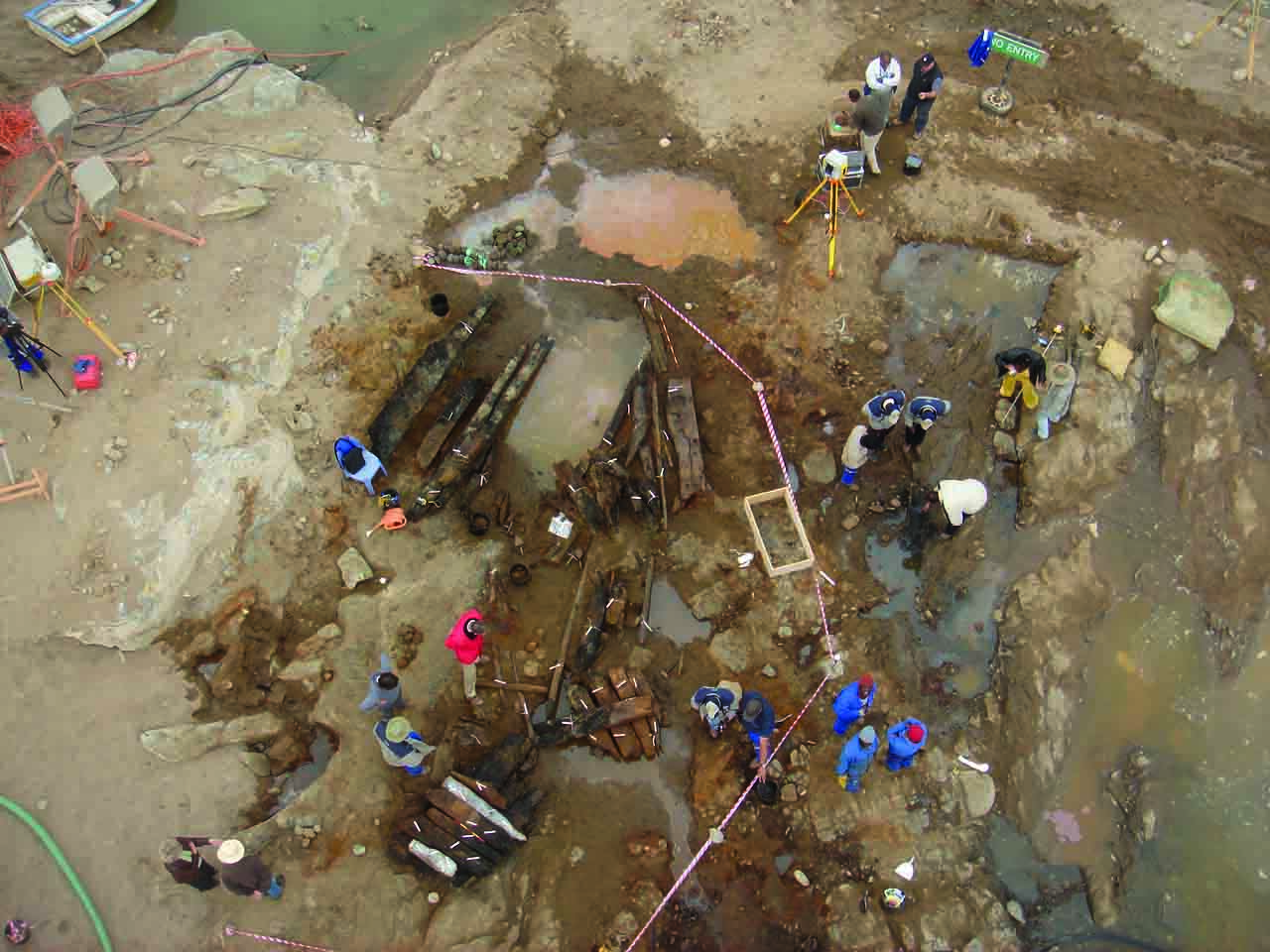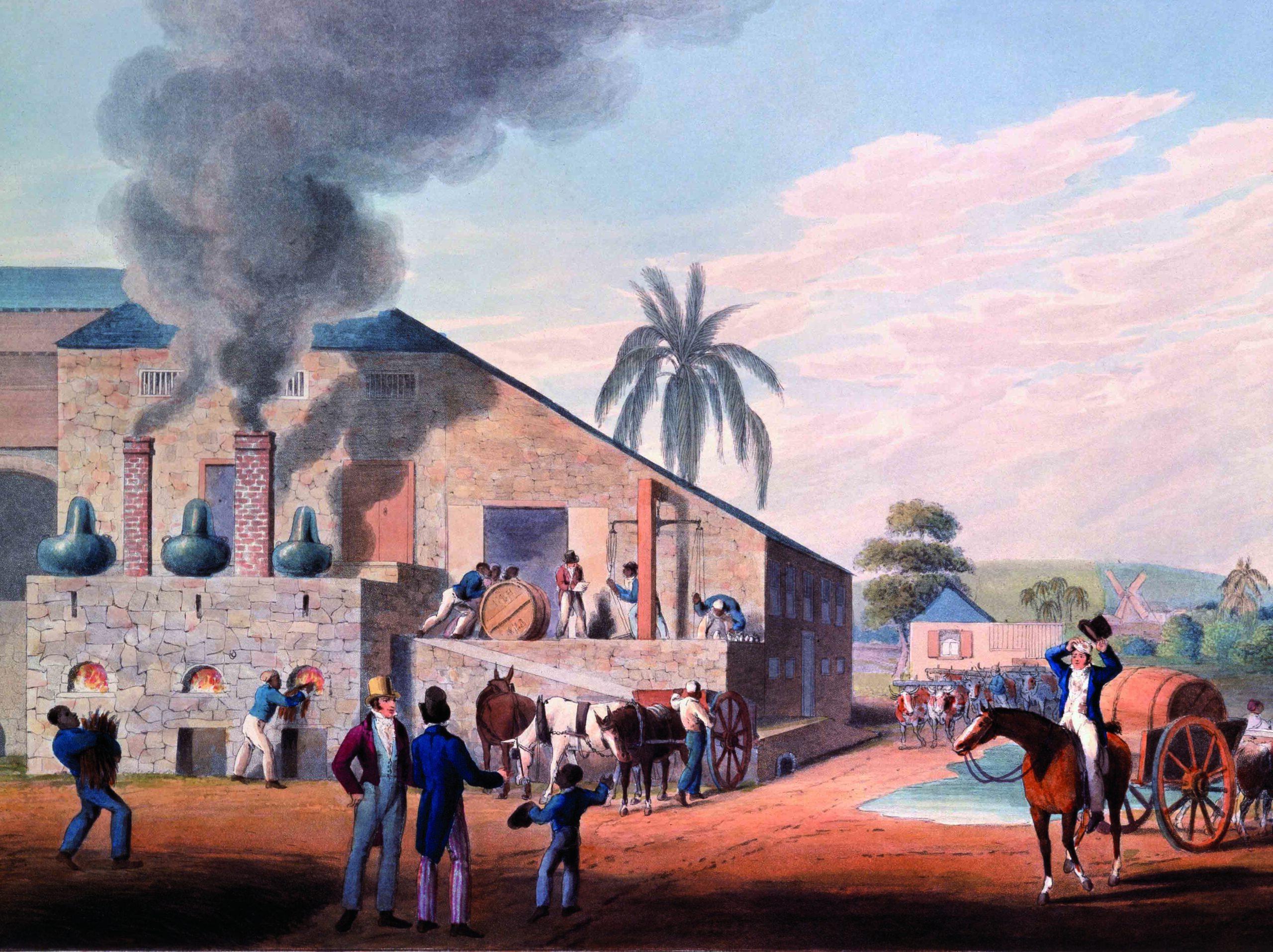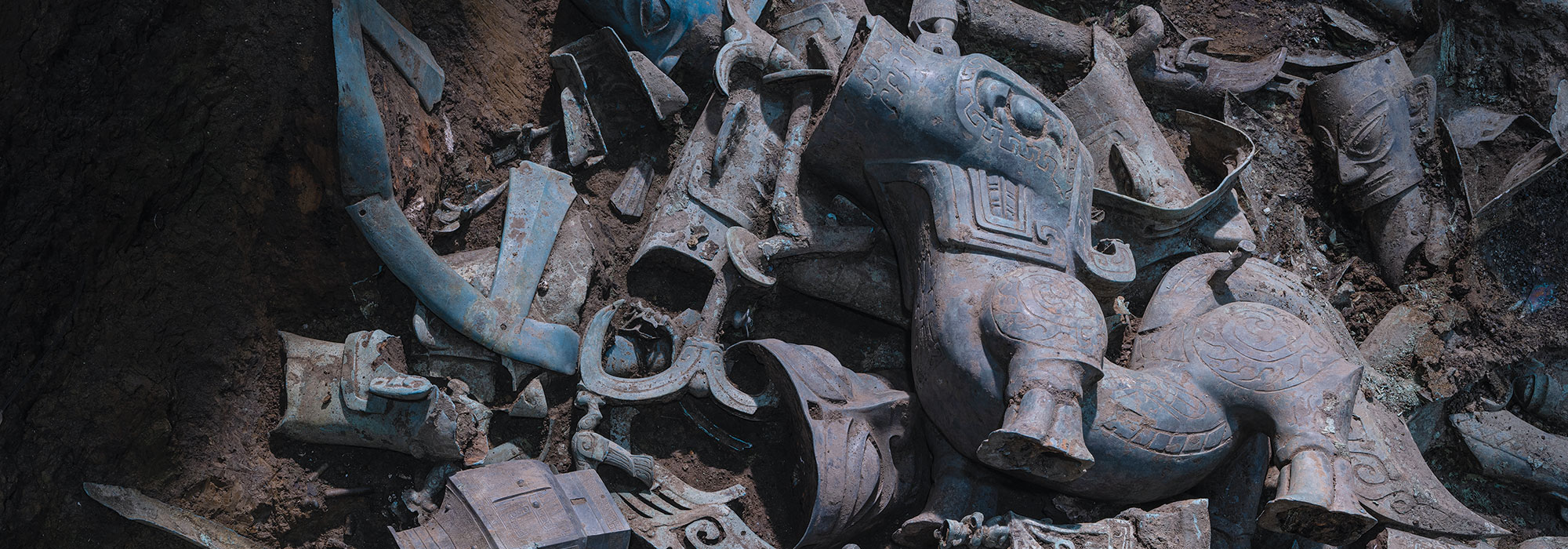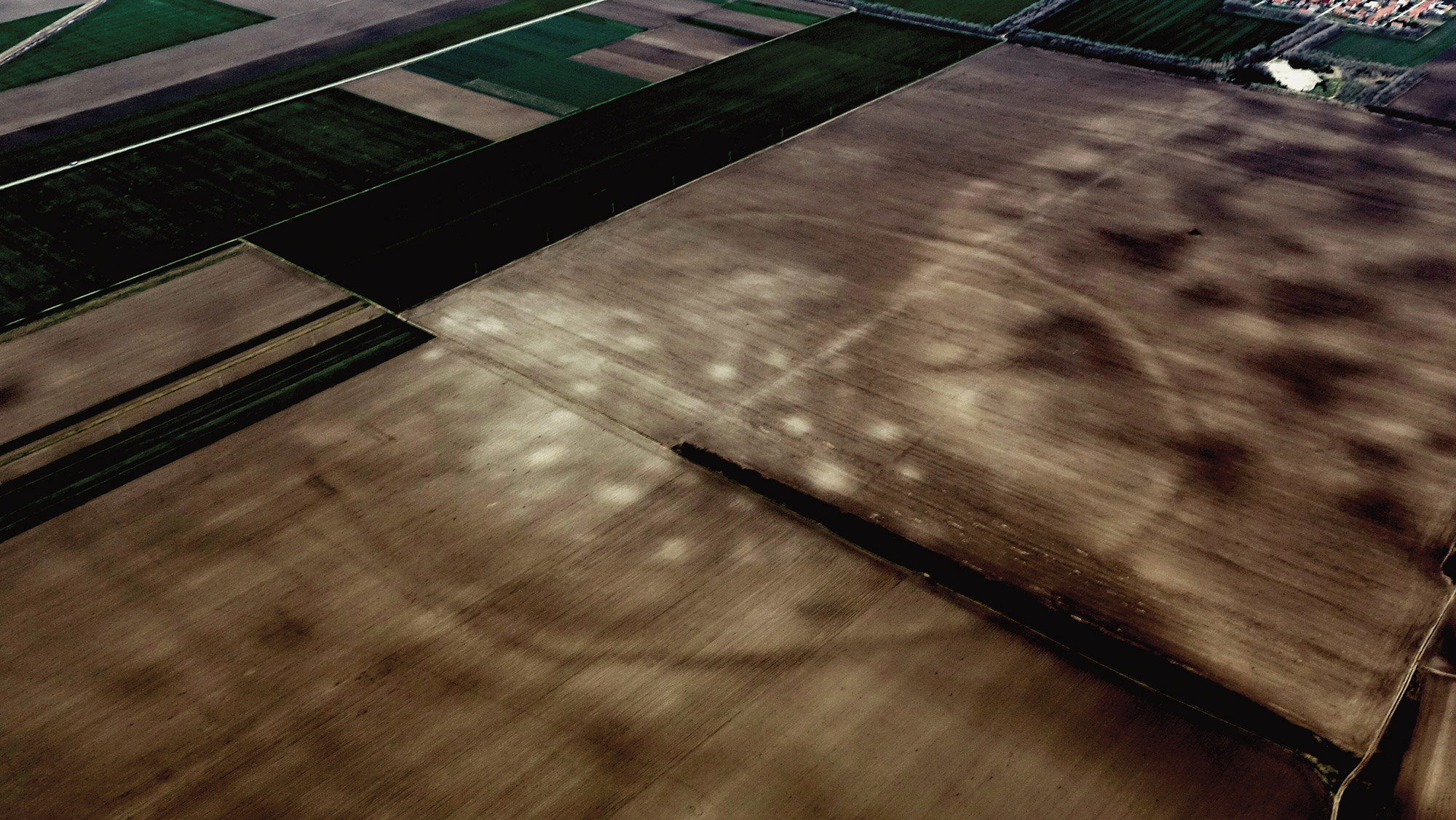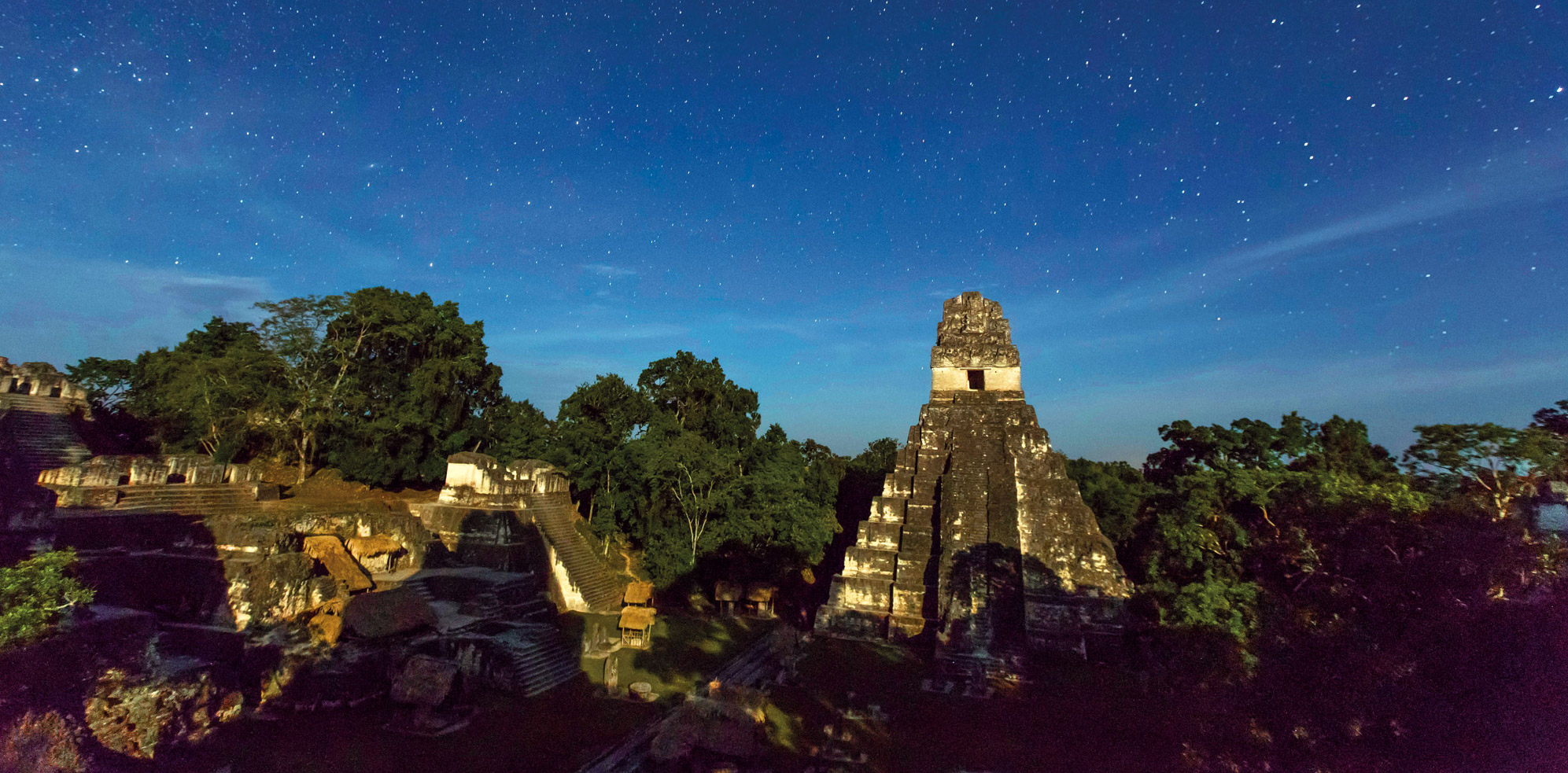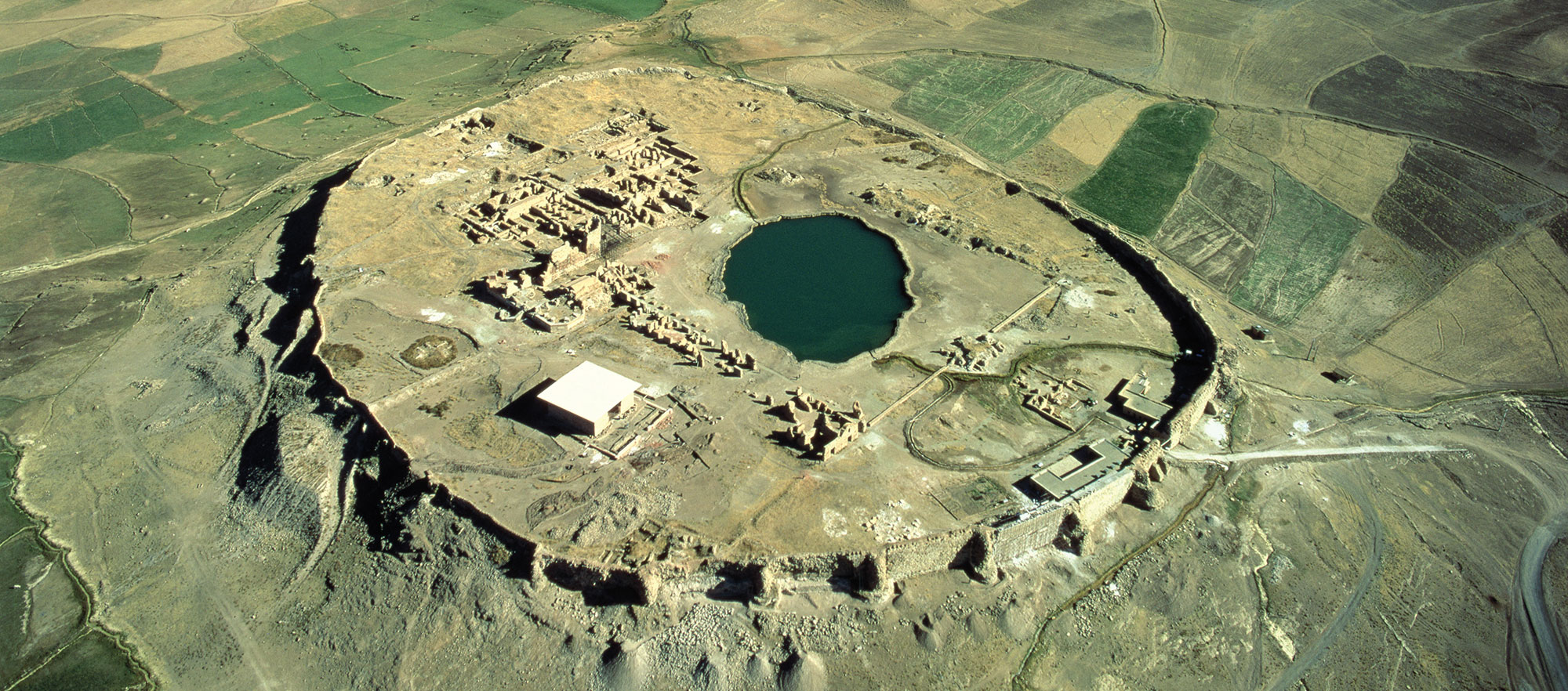NGWENYA, ESWATINI—According to a Sci News report, an ocher mine in southern Africa’s country of Eswatini has been dated to 48,000 years ago with optically stimulated luminescence. Archaeologist Gregor Bader of the University of Tübingen said that intensive mining took place at the site, which is located in Lion Cavern. “We can see here some of the oldest evidence of humans actively changing the shape of their environment,” he explained. Bader and his colleagues also analyzed 173 samples of ocher from 15 sites in order to track the use and transport of the colorful mineral by hunter-gatherers. “We were interested in the entire ochre processing chain: From the selection of the mineral from various geological formations, its extraction, the admixture of other substances such as milk, fat, blood, and plant resins as binding agents, to its transportation to the archaeological sites,” he added. The researchers determined that Paleolithic people living in southern Africa produced ocher for local use, but they also carried it over long distances through a network connecting different mineral deposits. In addition, the study suggests that knowledge about ocher extraction and use was transmitted across generations and through social interactions between communities. Read the original scholarly article about this research in Nature Communications. To read about the ocher-covered remains of Paleolithic infants found in northeastern Austria, go to "A Twin Burial."
